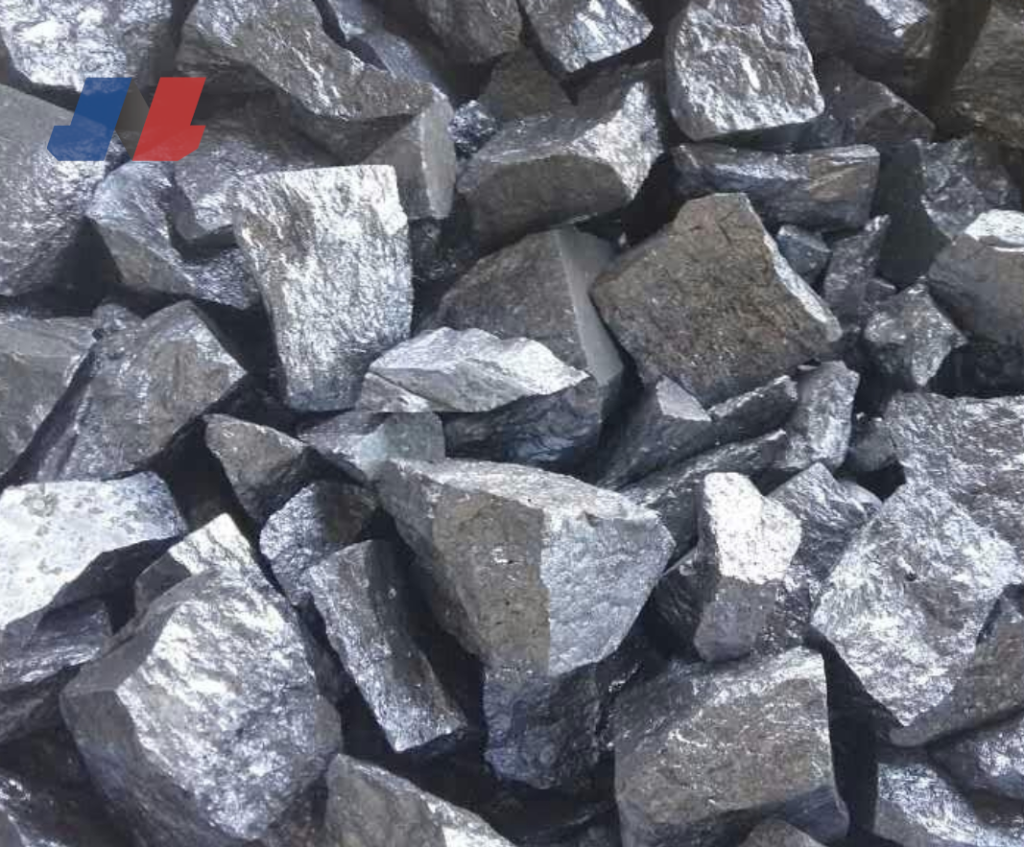Background
JINLI GROUP is one of ferroalloy manufacturers in China. From overall view, outlook for low phosphorus ferrochrome market is promising. Generally speaking, it is produced by two-step method in China. Due to high phosphorus content in raw material, phosphorus content of low carbon ferro chrome can not meet the standard.

We will introduce a method to produce low phosphorus and carbon ferro chrome by means of pretreatment in the following. The removal rate of P and quality of low carbon ferro chrome can be improved by adjusting dosage of lime, basicity of slag and other means.
How to Remove P from LC FeCr?
Generally speaking, good or bad desulphurization effect is depended on silicon content in molten steel. Therefore, silicon is the first eliminated element in molten steel.
It is necessary for maintaining the temperature of hot metal to remove the slag and increase the temperature in the furnace.
Foam slag can be produced during dephosphorization process. And you can use dephosphorization device to avoid producing it.
Dephosphorization conditions of low-carbon ferrochrome can be concluded as below according to its properties:
Proper temperature; higher FeO concentration; high alkalinity; sufficient amount of slag and good slag fluidity.
Concretely speaking:
Temperature is controlled between 1520℃ and 1550℃ usually. It should be noted that it affects the dephosphorization process, whatever the temperature is too high or too low. When it is too high, P element will return to molten steel, thereby, it makes P content in molten steel rise and leads to fail for this process.
In terms of FeO concentration, it has an optimal content for this process under the same alkalinity situation. As dephosphorization agent, it can improve the efficiency in appropriate amount.
As for alkalinity, alkaline oxidized slag is the most paramount substance to dephosphorize due to interfacial reaction(solid phase and liquid phase, that is slag and liquid-iron).
Additionally, enough amount of slag is also important for dephosphorization. It can absorb P2O5 and optimize this process. While, it should be noted that if the slag layer is too thick, it will affect the effect.
Besides, the higher basicity of slag, the better dephosphorization effect. However, in fact, it is not. Viscosity of slag will be increased as basicity increase, it will inhibit the dephosphorization effect.
In the early of test, efficiency of dephosphorization is relative low due to abuse of P removal agent. To some extent, it hindered development of this process. With the development of science and technology, more and more self made powder dephosphorization equipment emerged, effect of dephosphorization increased prominently. We do not focus on removing phosphorus merely, at the same time, we should pay attention to preventing it from going back.
Conclusion
The reason why it can reduce P in liquid iron is that foam slag can be formed by dephosphorization agent, slag alkalinity is high and containing a large amount of FeO.
It is conducive for alloy phosphorus reduction to keep appropriate temperature.
Low carbon saw iron produced by electrosilicon thermal method can meet national standard brand. If we take measures to control the type, P content will be decreased to 0.03% approximately.






